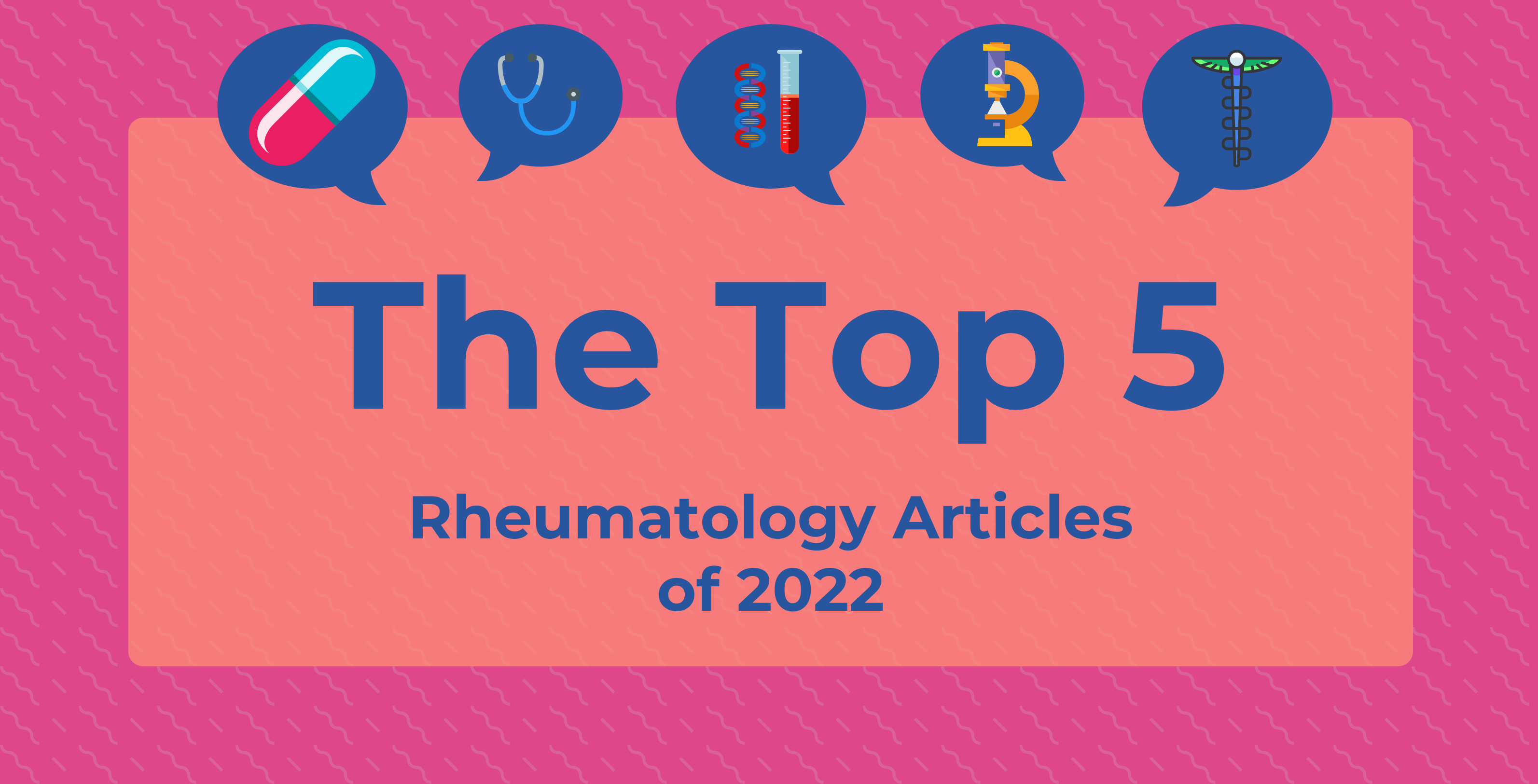Article
ACR Updates Guidance on Juvenile Idiopathic Arthritis Treatment
Author(s):
The American College of Rheumatology (ACR) has released updated guidelines on pharmacologic and nonpharmacologic treatments for juvenile idiopathic arthritis.
The American College of Rheumatology (ACR) has released 2 updated guideline papers in the 2021 American College of Rheumatology Guideline for the Treatment of Juvenile Idiopathic Arthritis (JIA).
As stated in an ACR press release, one guideline provides updates on the pharmacologic management of JIA and focuses on therapeutic approaches for oligoarthritis, temporomandibular arthritis, and systemic JIA (sJIA) with and without macrophage activation syndrome. The other guideline focuses on recommendations for nonpharmacologic therapies, medication monitoring, immunizations, and imaging, regardless of JIA phenotype.
The last update, published in 2019 by the ACR and Arthritis Foundation, focused on the treatment of nonsystemic polyarthritis, sacroiliitis, enthesitis, and JIA-associated uveitis. Before that, the most recent updates were published in 2011 and 2013.
“As rheumatologists, our patients and caregivers expect us to review the literature and weigh the evidence so that we can suggest the best treatments, while also considering their preferences,” said Karen Onel, MD, chief of the Pediatric Rheumatology Division at Hospital for Special Surgery in New York and lead investigator of the guidelines. “The field has changed tremendously since the 2011 and 2013 efforts, so we needed to adapt our guidance to the times in order to offer our patients the most nimble and state-of-the-art care possible.”
One major update in the guideline on pharmacologic management of JIA was related to disease-modifying antirheumatic drug (DMARD) recommendations. DMARDs were not a part of JIA treatment for many years, but the 2021 guidelines emphasize early use of both synthetic and biologic DMARDs (bDMARDs), even encouraging bDMARDs as a first-line treatment for systemic JIA.
Further, this update now recommends against the use of glucocorticoids and nonsteroidal anti-inflammatory drugs, which were among the older treatments.
In the nonpharmacologic guidelines, 2 major updates include guidance on how to monitor drug toxicities for children with JIA, as well as the importance of immunization. This guidance also recommends physical and occupational therapy interventions and healthy, well-balanced, age-appropriate diets for individuals with JIA.
Overall, the guidelines stress the importance of shared decision-making between patients and caregivers.
“Not every decision will be appropriate for every patient, which is why it was so instrumental to receive input from both patients and caregivers when creating these recommendations,” Onel said.
Because none of the COVID-19 vaccines available at the time of publication are live vaccines, the guidelines said recommendations regarding COVID-19 vaccination among individuals with JIA should be similar to those of inactivated vaccines.
It is worth noting that these updated guidelines were being developed before and during the COVID-19 pandemic and during the development of COVID-19 vaccines, the ACR release stated.
At the time these guidelines were approved for publication, the Pfizer-BioNTech COVID-19 vaccine had FDA approval for adolescents aged 16 to 18 years and an emergency use authorization for children aged 5 to 15 years in the United States. Two new medications also received FDA approval while the guidelines were being developed.
“There were areas that we didn’t consider at the start that now belong,” Onel added. “The guidelines will have to be updated again. But that is a sign of a growing and changing field.”
Reference
The American College of Rheumatology releases two updated guidelines for treatment of juvenile idiopathic arthritis. News release. Newswise. March 3, 2022. Accessed March 8, 2022. https://www.newswise.com/articles/the-american-college-of-rheumatology-releases-two-updated-guidelines-for-treatment-of-juvenile-idiopathic-arthritis?




